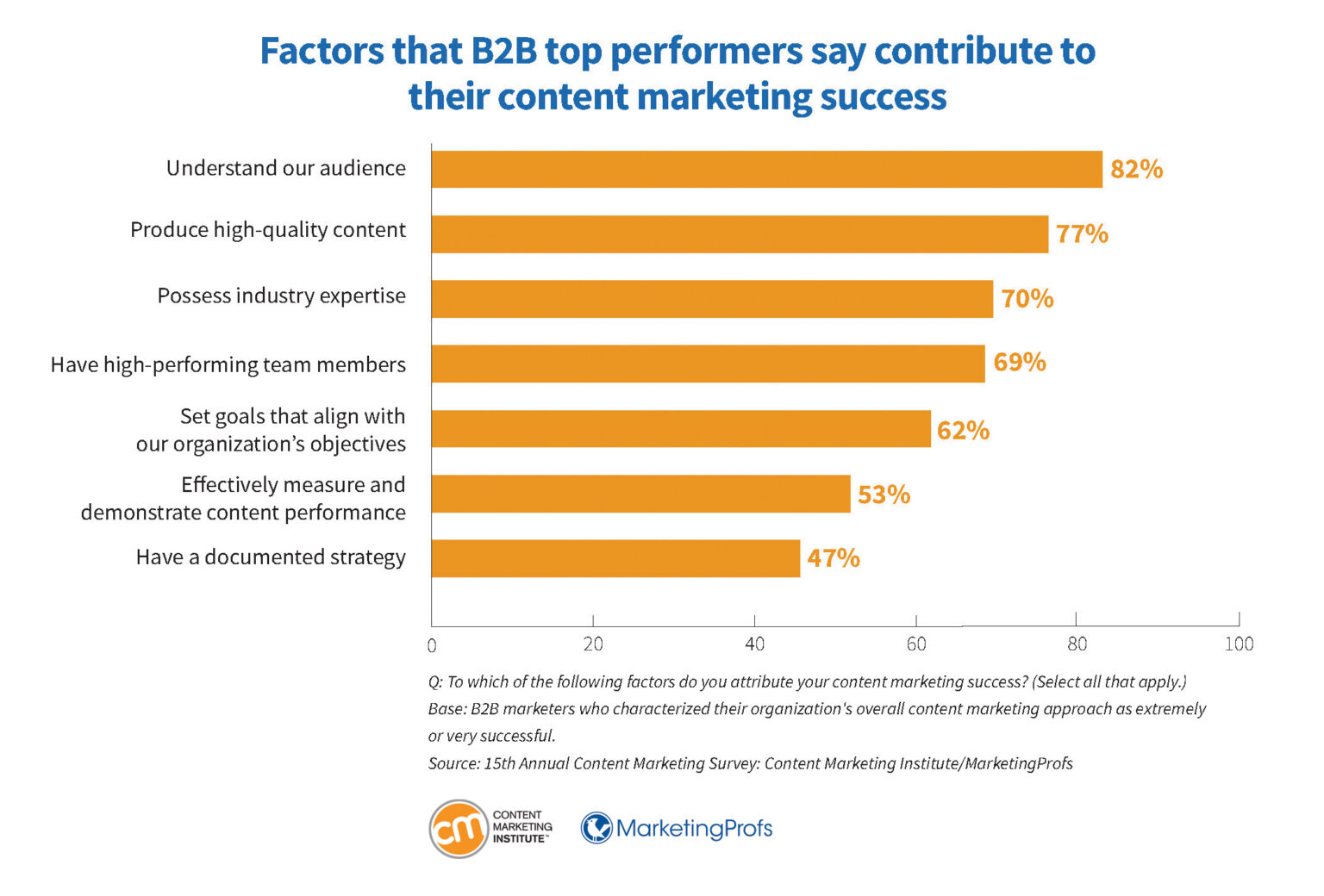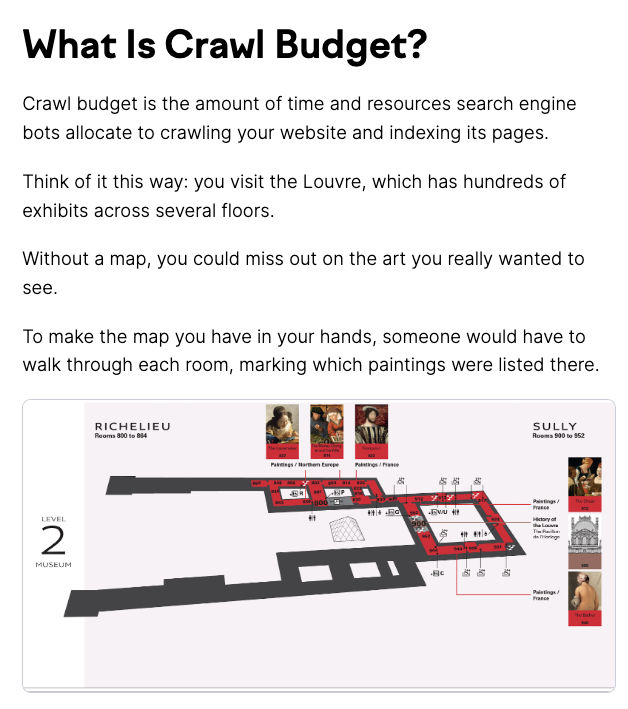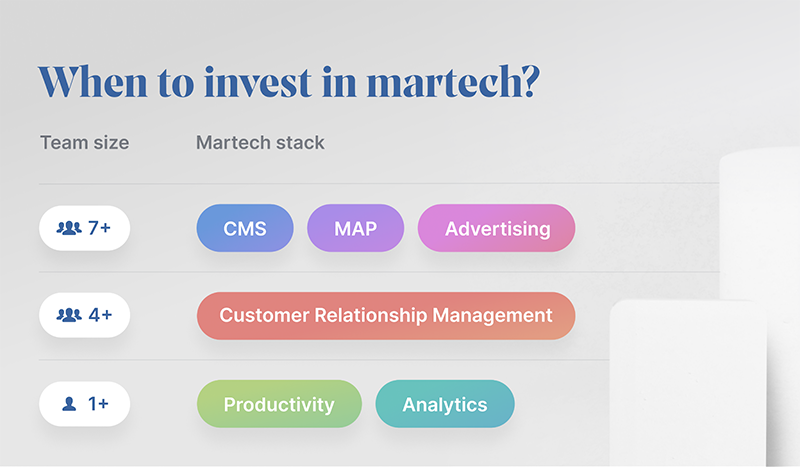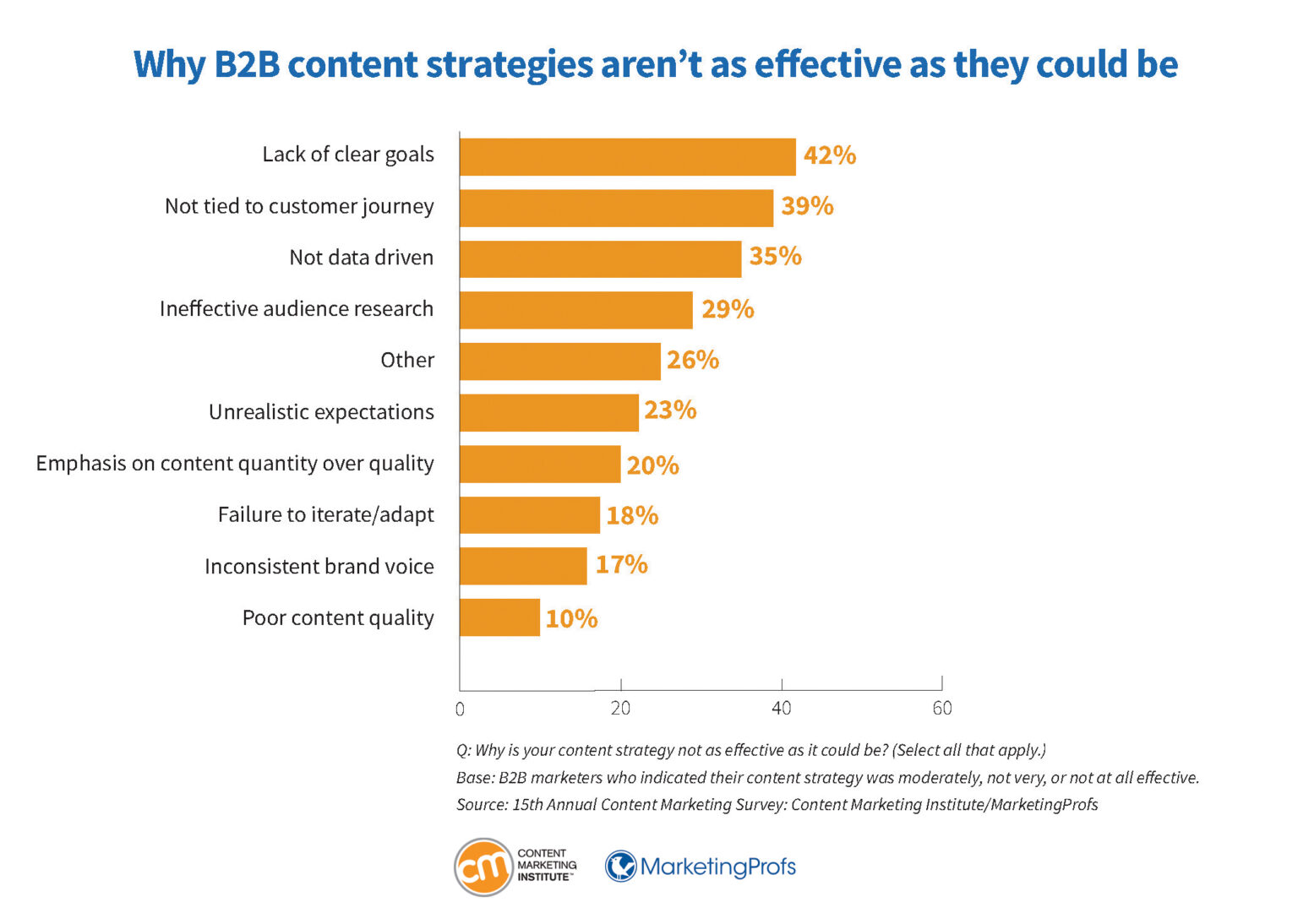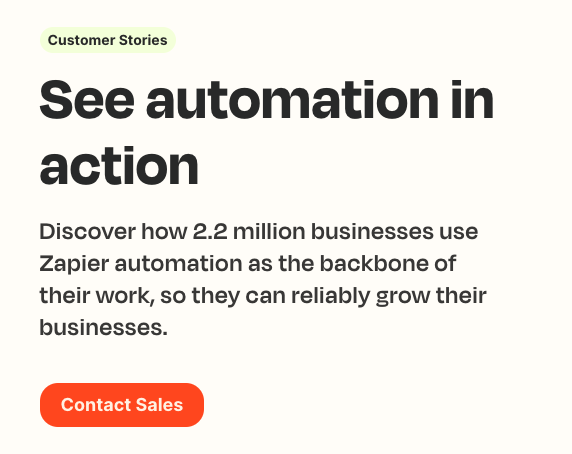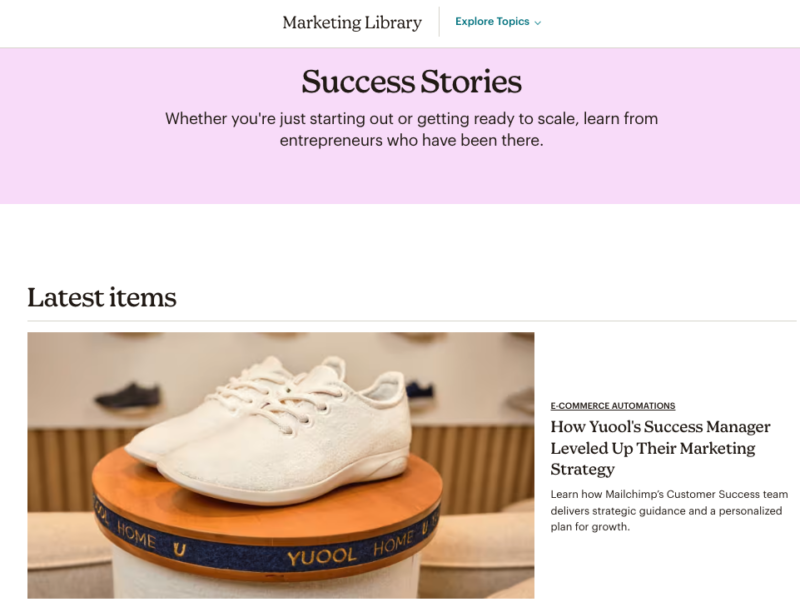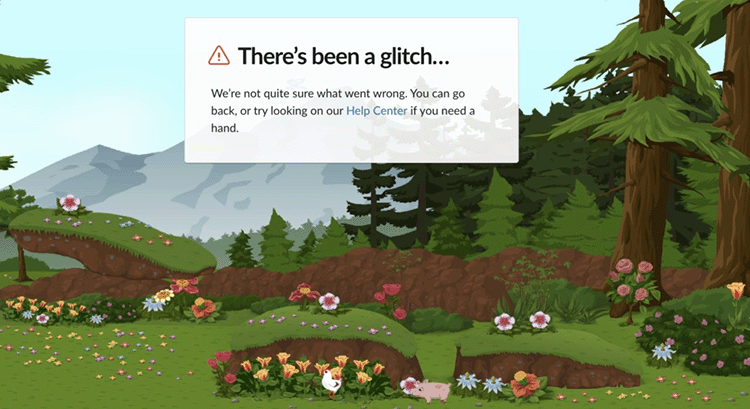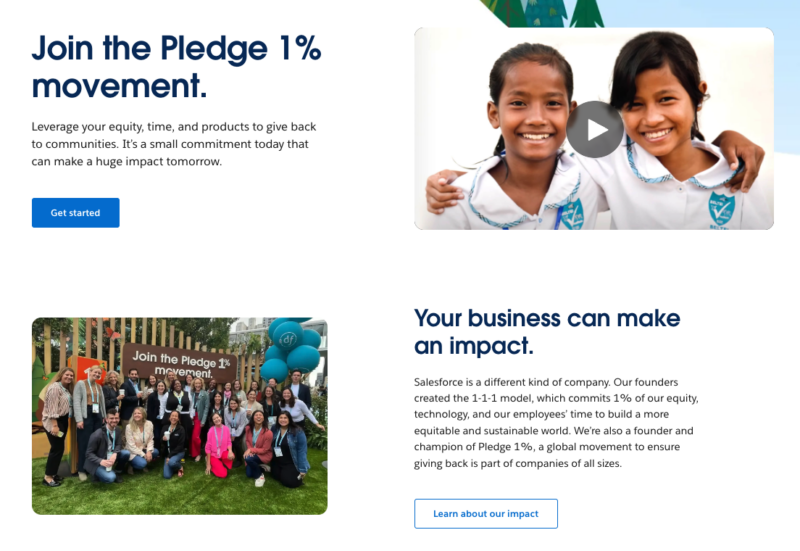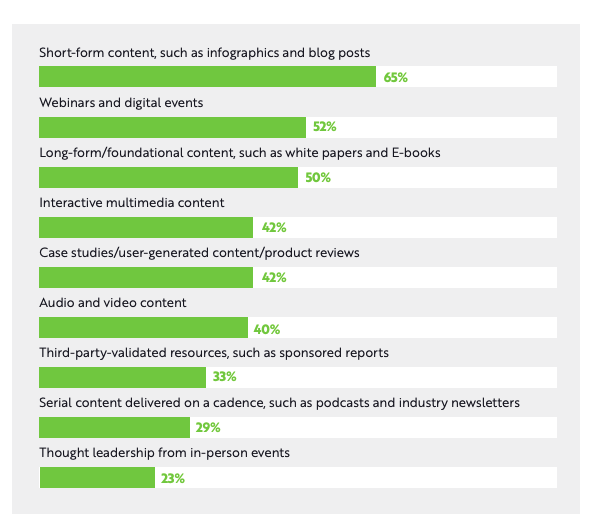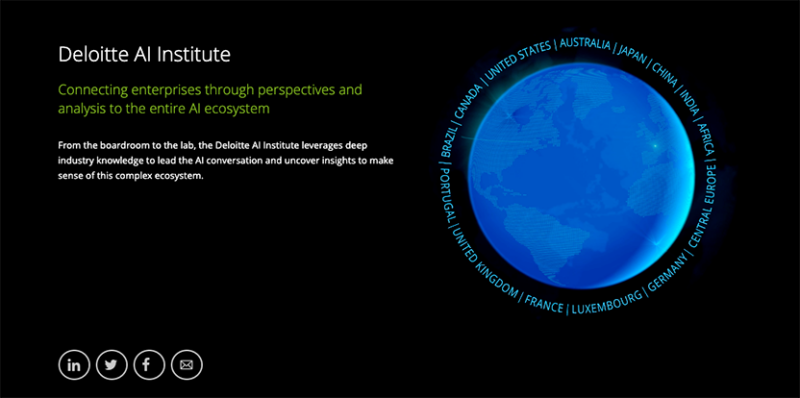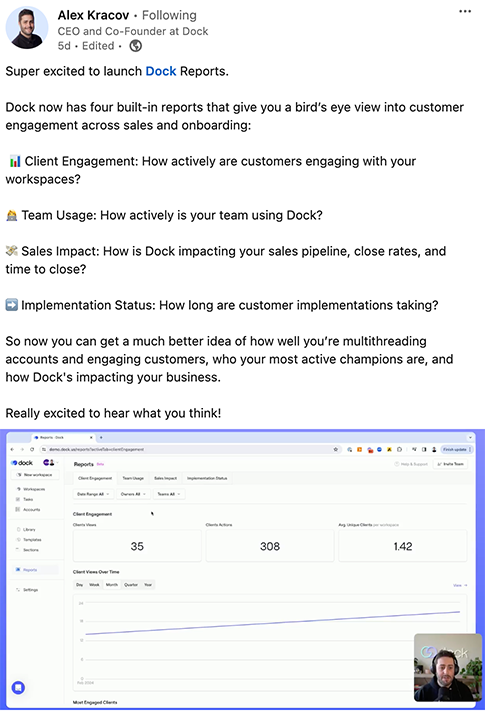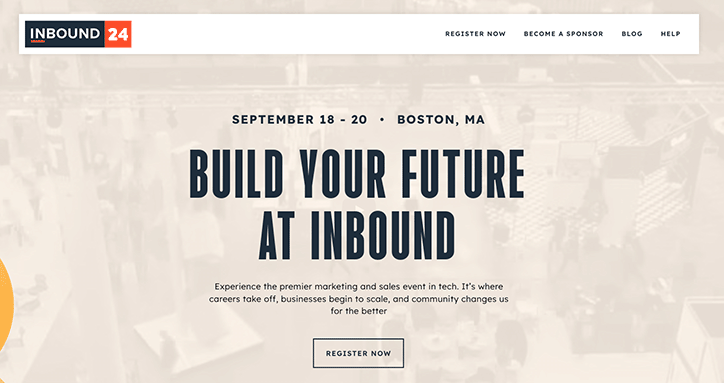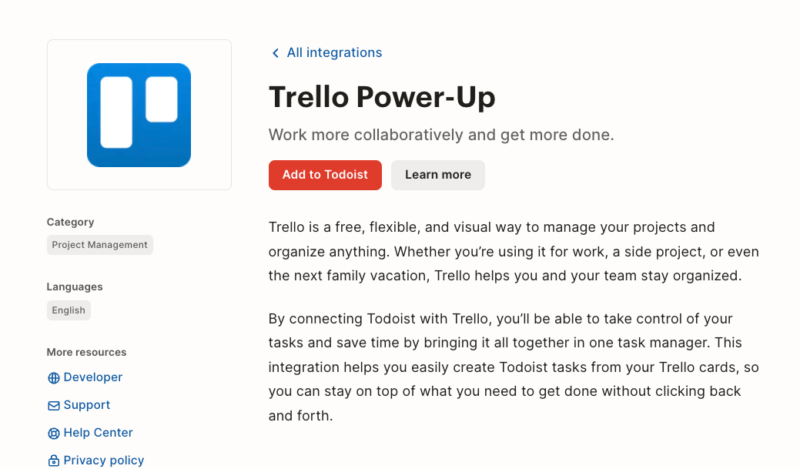B2B Marketing Strategies to Grow Your Business

Key Takeaways
- B2B Marketing Strategy vs. Plan: A strategy is the overarching direction, while a plan outlines specific steps, channels, and tactics to achieve the strategy.
- Target Decision-Makers: Identify the key decision-makers in B2B purchasing decisions, such as executive buyers and technical evaluators, to tailor content and marketing efforts.
- Customer-First Approach: Prioritize delivering valuable, relevant content that speaks to your audience’s challenges and builds trust at each stage of the buyer’s journey.
- Creative Innovation: Embrace creative, unconventional approaches to stand out in the market and differentiate your brand, inspired by successful examples of B2B marketing across industries.
- Account-Based Marketing (ABM): Focus on building personalized relationships with high-value accounts, aligning marketing, sales, and customer success efforts for a more targeted approach.
- Optimize Conversion Rates: Use conversion rate optimization (CRO) techniques like A/B testing and behavioral analysis to enhance user experiences and increase lead generation.
- Marketing Automation: Leverage marketing automation tools to scale personalized experiences and nurture leads through the buying journey with relevant content and targeted communications.
- Ongoing Testing and Adaptation: Continuously test and optimize B2B marketing tactics to improve results, ensuring your approach remains effective as your business evolves and market conditions change.
Every B2B business, no matter how successful, should have a clear marketing strategy. A strategy defines how you’ll achieve your goals. It clarifies how you’ll win against the competition.
Without a marketing strategy, your efforts will likely be scattered, rudderless, and frustratingly ineffective.
Want to develop B2B marketing strategies that move the needle? Here’s what you need to know:
What Is a B2B Marketing Strategy?
The Building Blocks of a B2B Marketing Strategy
13 Effective B2B Marketing Strategies to Grow Your Business
Fueling Growth
Stratabeat fueled 5X growth for a B2B property management SaaS within two years through SEO, CRO, and content. See How!Master Niche Targeting
Identifying your niche audience requires understanding their pain points, culture, and buying habits.
How do you get this understanding? Conduct surveys and analyze audience behavior on your website and social media channels.
Another critical aspect of niche targeting is personalization. You can create highly customized experiences that speak directly to a narrower audience’s needs.
For example, the product analytics tool Mixpanel increased signup volume by 200% between 2020 and 2021 by creating personalized ads and content experiences for each high-value account.
This way, niche targeting allows you to become the go-to solution for your specific audience.
Integrate Neuroscience
Design messages and experiences that capture attention, evoke emotion, and motivate action by understanding how the brain works.
For example, wrap your offering in a compelling story. According to psychologist Jerome Bruner, stories make information 22x more memorable. Or tap into emotions. Neuroscientist Antonio Damasio found that without emotion, people struggle to make decisions, including purchases.
The key is to go beyond just listing benefits and features. Incorporating neuroscience principles into marketing can improve both information and persuasion.
Use Account-Based Marketing (ABM) for Precision Targeting
Account-based marketing focuses on a specific group of target accounts that match your ideal customer profile (ICP). Unlike inbound marketing, ABM emphasizes quality over quantity, which focuses on getting as many leads as possible.
Your goal with ABM is to build relationships. Continuous targeted marketing helps you achieve this.
ABM is a long-term strategy that requires patience, dedication, and persistence, yet it’s effective over time. ITSMA states, “Account-based marketing delivers the highest return on investment of any strategic B2B marketing approach. Period.”
With ABM, you align your marketing, sales, and customer success teams around high-value accounts, allowing you to deliver a personalized, relevant experience.
Optimize B2B Engagement with Marketing Automation
Marketing automation delivers personalized experiences at scale. Data allows you to create sophisticated nurture programs that guide prospects through the buying journey.
Consistently providing value and building trust over time positions you as the clear choice when the prospect is ready to buy. With 55% of global marketers planning to increase spending on overall marketing technology next year, companies now understand the importance of personalization at scale.
But marketing automation goes beyond just email. It involves integrating your CRM, website, social media, and other channels to create a seamless, omnichannel experience. Tracking engagement across touchpoints lets you gain deep insights into your prospects’ needs and behaviors.
Employ Guerilla Marketing Tactics
Guerilla marketing involves making a significant impact with limited resources. It’s a creative, unconventional approach that surprises your audience.
For example, Slack used its 404 error page as a guerrilla marketing strategy to showcase innovation.
Consider guerilla tactics, such as launching a mystery social media marketing campaign or surprising your target accounts with personalized gifts. The goal is to stand out, spark curiosity, and make an impression.
Engage Through Cause Marketing
A cause marketing campaign aligns your brand with a particular good cause, such as reducing ocean trash or providing clean water.
To succeed with cause marketing, engage your employees and customers. Share stories of impact, create volunteering opportunities, and make charitable giving a part of your company culture.
For example, Salesforce’s 1-1-1 model dedicates 1% of their product, equity, and employees’ time to charitable causes.
This dedication aligns with their mission to create positive change and appeals to socially conscious B2B buyers.
Lastly, integrate your commitment to the cause into your overall strategy. By walking the walk and not just talking the talk, you build trust, loyalty, and a shared sense of purpose with your audience.
Ongoing Testing and Optimization
Finally, marketing success requires ongoing testing and optimization. Experiment with different marketing tactics and see what works best for your business.
What works today might not work tomorrow, so you should always test and validate your approach. The only way to do this is to have key metrics in place for tracking your results.
Use conversion rate optimization (CRO) techniques like A/B testing, user testing, and behavioral analysis to identify potential areas for improvement. Based on the results of your tests and your established key performance indicators (KPIs), optimize your marketing activities to improve results.

